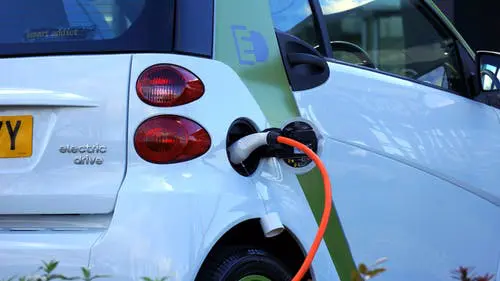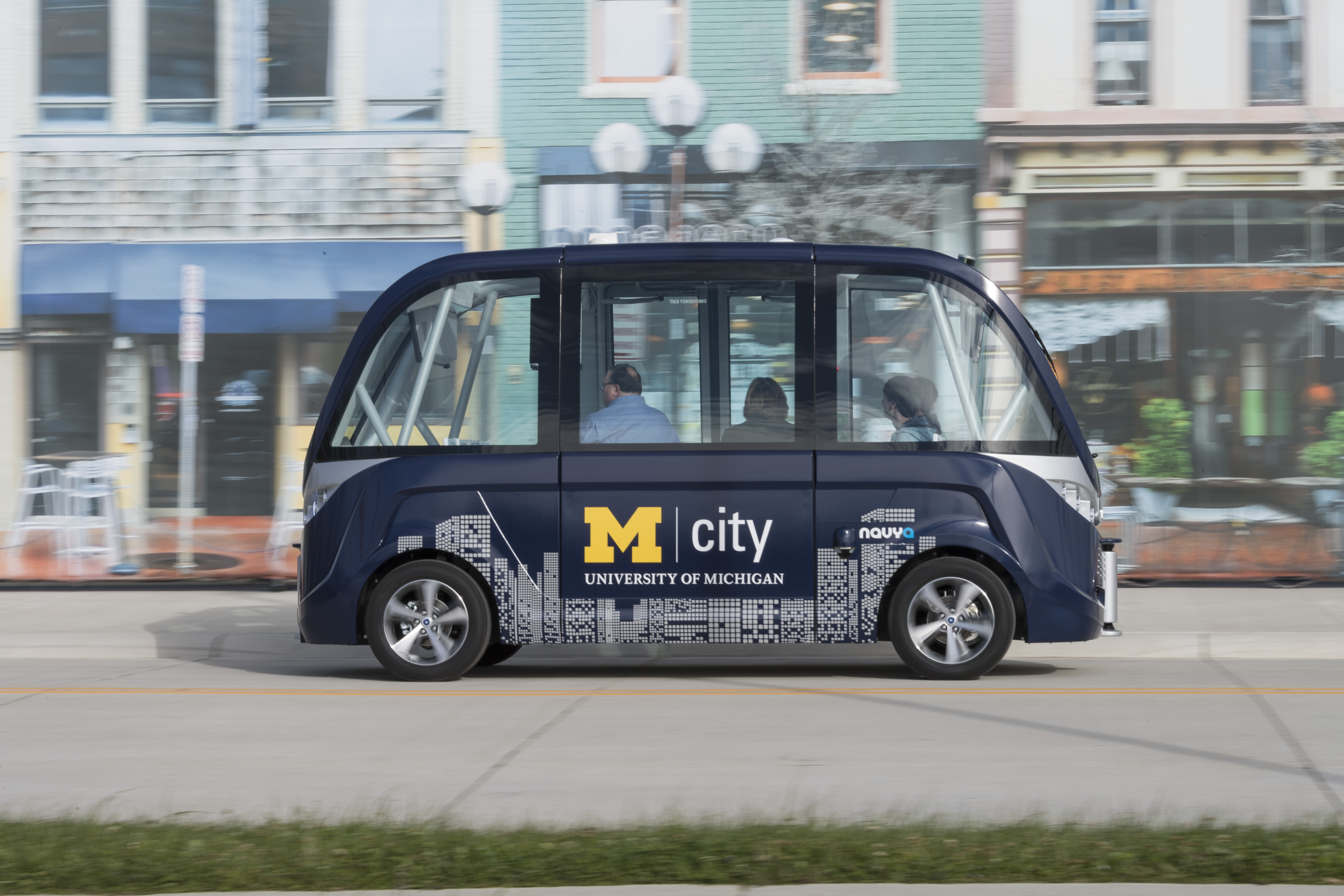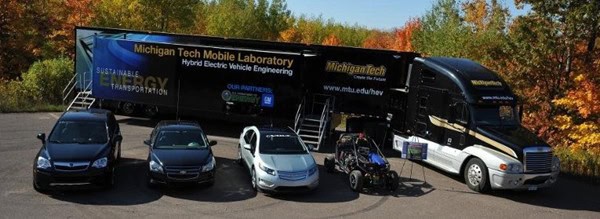DETROIT – Uber has already started testing autonomous vehicles with an eye toward using them in their regular ride-sharing fleet someday.
Just weeks after Lyft announced plans to begin testing self-driving vehicle technology with partner General Motors, the ride-sharing giant Uber says it has launched its own autonomous vehicle test fleet.
A prototype Ford Fusion Hybrid, complete with cameras, lasers and radar, is already working the streets of Pittsburgh, where Uber is basing its new Advanced Technology Center. But the company’s autonomous vehicle program got underway in earnest a year ago when Uber turned to the old steel town’s Carnegie Mellon University, a pioneer in self-driving technology.
The prototype, Uber said, “looks like it should be driven by a superhero. But this is no movie prop.” Indeed, the company is just the latest in a growing list of firms convinced that autonomous vehicles will become the norm, rather than the exception, in the not-too-distant future.
In fact, Uber CEO Travis Kalanick has openly suggested that his ride-sharing start-up ultimately hopes to replace the tens of thousands of human drivers it currently relies on with completely self-driven cars. Eliminating the person behind the wheel, he has suggested, would radically reduce the cost of a typical ride.
In turn, studies cited during a mobility conference paired with last November’s Los Angeles Auto Show suggested that by bringing down the cost of a ride to the point where it’s competitive with owning a car, many of today’s motorists might simply abandon their own vehicles.
“When there’s no other dude in the car, the cost of taking an Uber anywhere becomes cheaper than owning a vehicle. So the magic there is, you basically bring the cost below the cost of ownership for everybody, and then car ownership goes away,” said Kalanick during the Code Conference, a software trade confab, in 2014.
This story was published by The Detroit Bureau. It was written by Paul Eisenstein.




